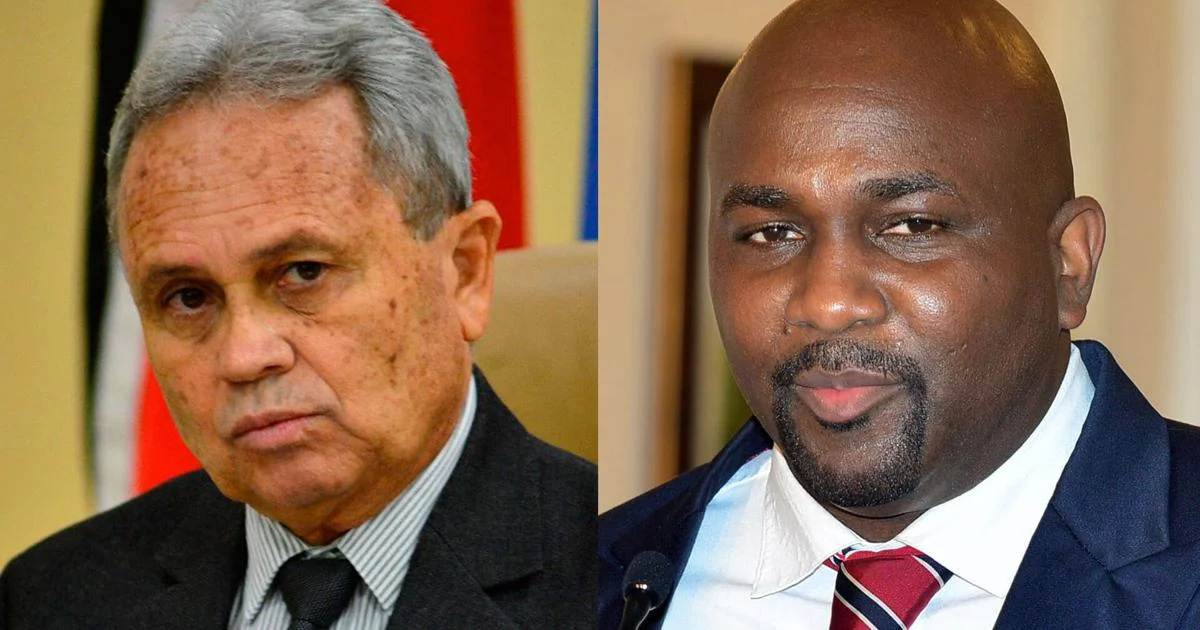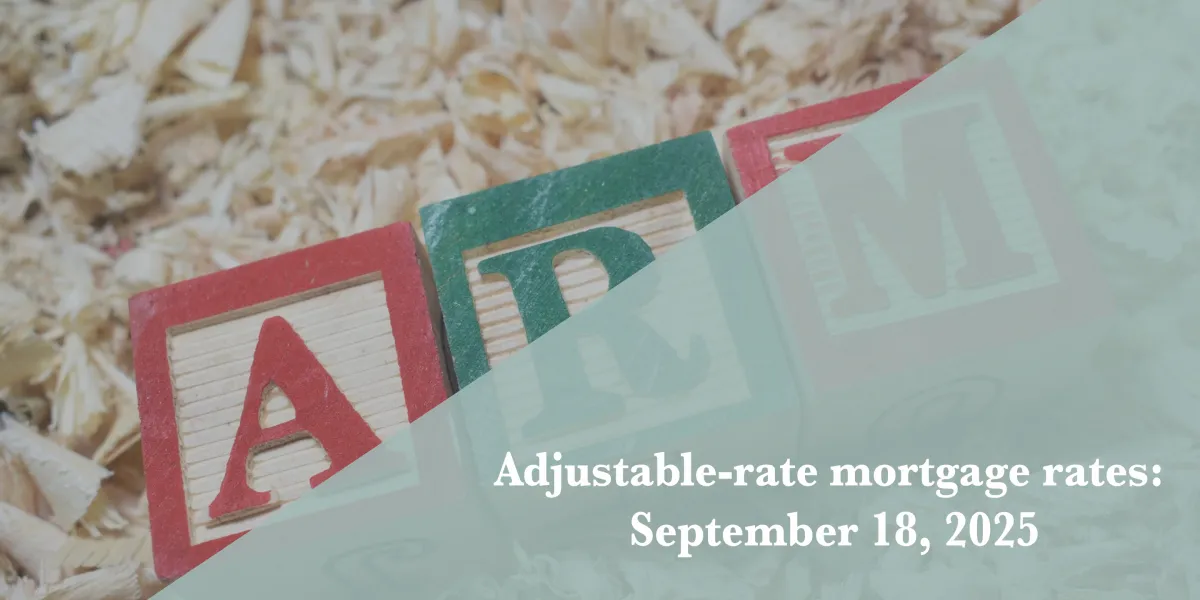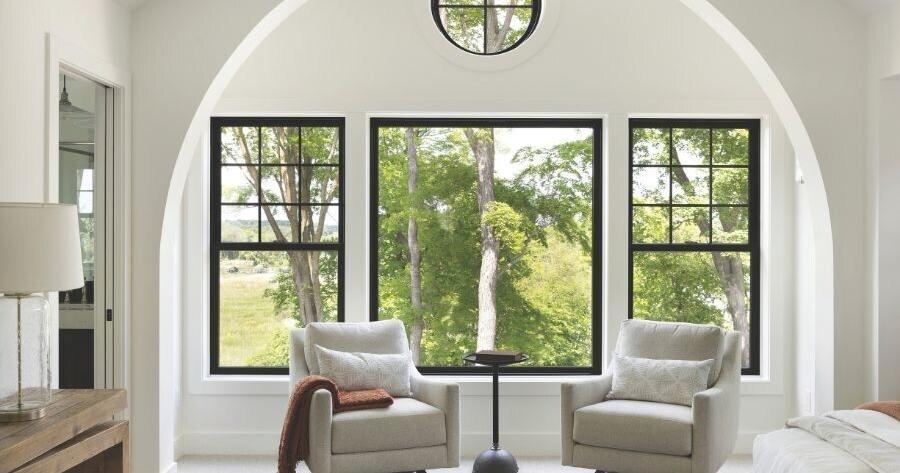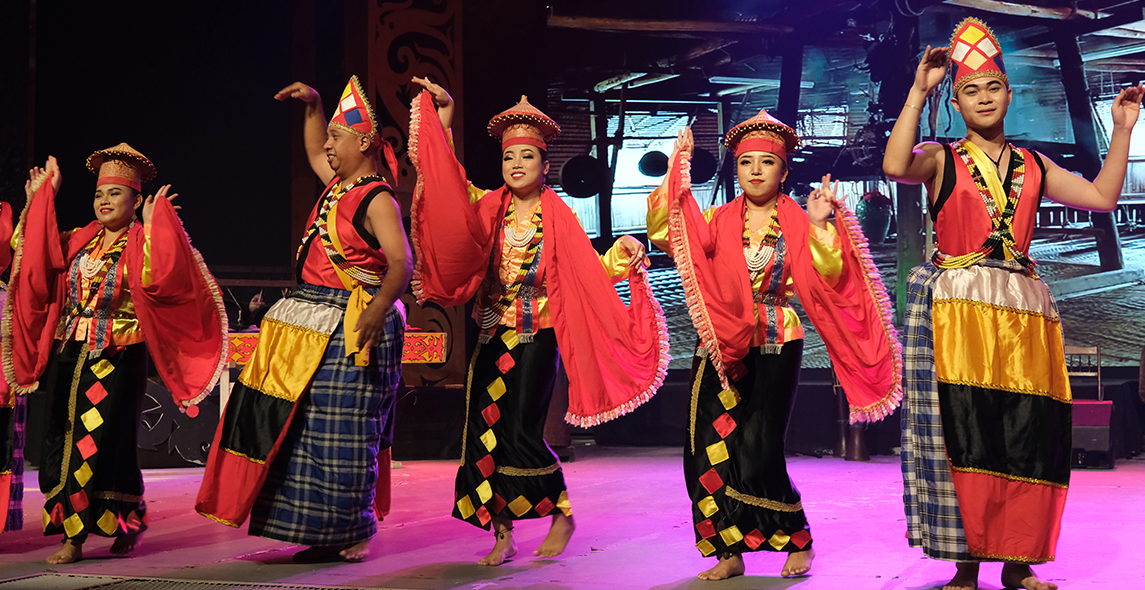By Hamza Azeem
Copyright dawn
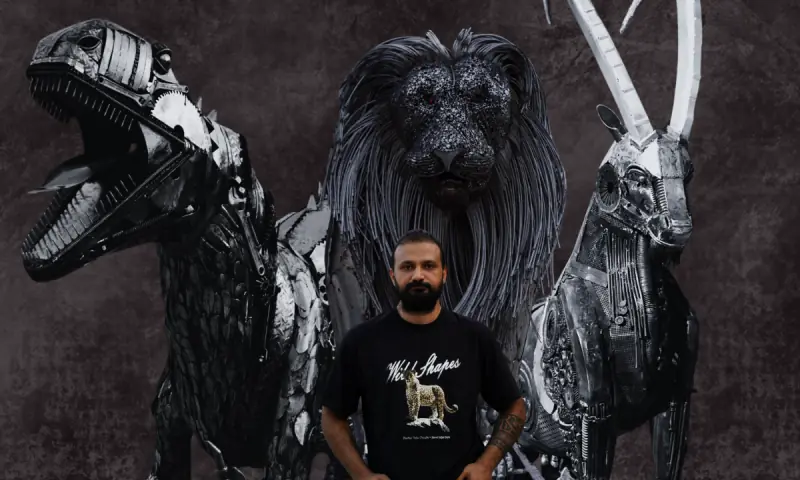
“Welding burns you, I get burnt every day,” sculptor Ehtisham Jadoon told me from his Islamabad workshop. He spoke about marble floors cracking under the weight of his multi-tonne sculptures and hours spent tearing off bits of metal from his own skin, but zoom out a little and it all starts to make sense. An ibex with rust-clad horns, a tyrannosaurus with gears for guts and a lion with a mane of steel cables — these are just some of the forms Jadoon has waiting for anyone who ventures to his ‘gallery,’ located just off GT Road.
This wasn’t planned, the artist told me. “I didn’t know what my passion was, and everyone has a different perspective on what [passion] means. I spent 35 years of my life without knowing who I am.”
Finding his voice
Jadoon explained he’s been looking for an outlet all his life; having tried martial arts and mountain biking, he found his calling in working with his hands. “I later understood that [all my pent-up] energy can be channelled into creating forms,” he said. He started without any formal experience in the arts, having previously worked with his sister in her textile business and spending some time in construction.
When asked about the challenges of taking up metalwork as an art form, Jadoon was quick to share just how hazardous it really is. “Almost once every two weeks, I get some injury or the other,” the sculptor said, adding that this didn’t include the many burns he receives every day. “That’s how intense welding is; it’s an intense, difficult process, but I enjoy it. My art may be difficult, but there’s a novelty to it.”
Reminiscing about his first welder — who ended up teaching him the ropes — Jadoon said he needed silence to find his voice. He told me how communicating with his workman, who had hearing loss, led him to find not only a passion for the craft, but also a cause to work towards — uplifting people he worked with.
“Art gives people a voice and these sculptures aren’t just my voice; they’re the voices of everyone who’s worked with me on them,” the artist told Images. “I speak from my heart when I say that I respect [these people]; they work long shifts, without cover and rest, so my success is theirs as well.“
The creative process
Jadoon said his process starts and ends in his head. For most of his ideas, he sees something and tries to picture it in metal. He then tries to recreate that image with scrap he finds. “I’ve always been interested in the strange and pretty things I’d see around me.”
After an idea comes to mind, the artist said he jumps straight into the work. “I don’t sketch these sculptures out and plan everything down to the last nail, I just get up and start welding.” The process, he said, takes him an average of 2,000 to 3,000 hours per project. Each piece, he told me, is a reflection of his “mental and emotional state” at the time he created it.
Jadoon said his work was “bigger and more complex” than it appears on screen. His sculpture of a tree, for example, “has a 25-foot radius and looks slightly different at every angle you view it from; there are 7,000 to 8,000 leaves and 10,000 to 15,000 branches, all made of metal”. The T-rex has skin made of individually cut scales; the artist said he only painted half of the statue to reflect the duality of his emotions as he worked on the project.
Spending 12 to 14 hours a day in his workshop, Jadoon is a bit of a workaholic. He told me he hasn’t taken a single day off in over a year. “When you’re passionate, driven in your work, it’s never a chore,” he explained. When he isn’t at his shop, a lot of his time at home is spent thinking about mistakes he made in his work during the day.
“I make a mental note to correct those mistakes and I start the next day with those corrections. Every sculpture of mine, I’ve made it, disassembled it, and remade it again till I was satisfied with it. This helps me learn. The lion sculpture, I remade [it] twice, I remade the dinosaur four times because I felt it could be improved.”
When I asked about the scale of his work, Jadoon had just one word to describe his sculptures — “huge”.
“The dinosaur is 22 feet in length, 12 feet in height and weighs about two tonnes; balancing all that on two legs took some amount of engineering. The rhino sculpture is so heavy, four to five people need to push it every time we move it around…even my workshop floor has broken from the weight of these sculptures.”
Inspiration behind his work
The sculptor explained he often found inspiration for his work from nature, especially up north, where he often goes to find peace. A native of Abbottabad, Jadoon said he’s seen his hometown change drastically, losing much of the natural beauty he fondly remembers from his childhood to urbanisation. This pushes him to try and beautify places. He also draws inspiration from movies and television shows, such as the dinosaur, which he said was inspired by Jurassic Park.
In the same vein, Jadoon told me his work had a special focus on sustainability. “The thing about my materials is that they only get more beautiful with time. If you go to an old scrapyard and just take a look around, you’ll see the most amazing forms made out of metal…My goal is to educate people on how these discarded forms can have value too.”
Jadoon said his reasons for doing all this have changed slightly in the time he’s been working. “I didn’t really market these sculptures initially; they were a passion project. I do now, and you can see my inventory [of artworks] on my social media.” He told me the proceeds from his art transform lives, allowing him to provide jobs to local people and develop their skills; this benefits both their communities and the country. “I think people need to understand that art can be hope for people,” he said
A die-hard patriot, Jadoon said at the end of the day, he works for Pakistan. He explained how there is an urgent need to create and display art in public spaces around the country, especially airports, which he said are often used to display a nation’s creative spirit. When asked about his favourite sculpture, he said he had a special space in his heart for a markhor he’d made, “It’s our national animal…a majestic creature, it represents the Pakistani people, strong, courageous, hard working.”
Hope for the future
Adding on to his desire to help beautify Pakistan, Jadoon shared his vision for what he hopes would be his pièce de résistance: a fire-breathing beast in one of the country’s most beautiful spots.
“I want you to imagine it, a 70-foot dragon spewing flames, opposite the Passu Cones. Flanked by a river on one side and a valley on the other. I want the whole world to see that, it’ll definitely be one of the most impressive sculptures in Pakistan,” he told Images.
Telling me about future exhibitions, the artist said his workshop in Islamabad was open to anyone who wants to visit; he regularly hosts people who come to admire his work, especially children with special needs. He has an exhibition coming up at Islamabad’s Centaurus Mall from September 22 to 25 and is in talks for one in Karachi later in the year. His ambitions, however, are bigger than just some displays for the rich and famous.
Jadoon said he wants to install his art in underdeveloped areas. “I want people who like my art to visit these difficult places and help the people who live there. I think my art can shed some light on their condition.” He told me how people living in these areas just need an opportunity to succeed, the rest they are more than able to handle for themselves.
The artist said there’s just one lesson he’d like to share with others, especially with young people: “life is unpredictable”. He advised the youth to stop wasting away in front of screens and do something in the world. “Utilise yourselves, create something.” A life well lived is one that makes a difference, no matter how small, he said, adding that the value of our achievements is derived from the positive impact they create.
